Which False Ceiling Material is Better: Gypsum or POP?
Here is all you need to know about the difference between gypsum and POP before you commit to a ceiling
You need to choose between gypsum boards or POP (plaster of paris) when deciding on the raw material for fabrication of a false ceiling. Both are essentially composed of gypsum, a naturally occurring mineral. Gypsum board is factory-manufactured from gypsum with water and a few additives, sandwiched between paper. When gypsum is semi-dehydrated by heating, it forms plaster of paris or POP, a quick-setting fine white powder, which has many uses, including making false ceilings on site. Gypsum and POP have some qualities which are common to both: they are lightweight, heat-insulating and fire-retardant. However, false ceilings of these materials have their respective strengths and weakness. If you are planning to install a new false ceiling in your home here are the pros and cons that will help you decide what to go for.
Pros:
- The biggest advantage of going for a gypsum ceiling is that it is a quick and clean method of installation that generates less dust during execution.
- Gypsum plaster boards are large, hence there are very few joints created during installation. These joints are finished with a jointing compound that dries very quickly.
- Gypsum boards are easy to work with and paint because of their smooth factory-produced finish.
- Since the mixture is made with precision in factory conditions, the quality remains consistent in boards of good brands.
Cons:
- In case of any repairs, the ceiling needs to be broken down.
- The joints of the gypsum boards may show signs of cracks with the passage of time. Cracks may also be caused by slightest movement in the false ceiling due to ceiling repair, cutting of holes for light or fan fixtures or where the ceiling meets the adjoining walls.
- If moisture seeps into the gypsum ceiling through leaking roofs or air conditioning drain pipes, it may result in fungal growth or cause warping. As a precaution, opt for only good brands of gypsum board like India Gypsum, which allow minimum water retention.
POP (Plaster of Paris)
POP is available in the powdered form and is mixed with water on site. This mixture is applied on a chicken mesh, which offers mechanical strength, and is then attached to a metal frame system. POP can be moulded into any shape in its hydrated form; as it dries, it hardens and retains the set shape.
POP is available in the powdered form and is mixed with water on site. This mixture is applied on a chicken mesh, which offers mechanical strength, and is then attached to a metal frame system. POP can be moulded into any shape in its hydrated form; as it dries, it hardens and retains the set shape.
Pros:
- POP is a highly durable material. Since the same material is used for filling joints, it does not show cracks easily.
- Unlike gypsum board, plaster of paris offers great flexibility in designs and can be moulded into different curved shapes. Also, POP is ideal for designing cornices or creating an etched effect, as in this image.
- It mixes with water to form a mixture that is easy to spread and level. Additionally, POP has good adhesion qualities that create a smooth surface for paint colours to settle.
- It is cheaper than gypsum board.
Cons:
Read more:
5 Ways to Amp Up With False Ceilings
7 Ceiling Designs That Will Make You Look Up and Gasp
Tell us:
What would be your choice of material: Gypsum or POP for the false ceiling? Tell us why in the Comments section below.
- The process of mixing the contents of a POP false ceiling on site is a messy and lengthy process that requires lot of cleaning up afterwards.
- One major concern in using a POP mixture is that a lot of material is wasted during the application process and it requires adequate drying time.
- Unless the mixture is prepared correctly in the right proportions of POP and water, it will be of inferior quality, and might shrink or crack. For long-term durability make sure that only skilled workers mix and prepare the POP mixture at site.
- The ceiling cannot be installed when the POP surface is moist. The problem specially occurs during the monsoon season. You must allow the POP to dry completely before installation..
Read more:
5 Ways to Amp Up With False Ceilings
7 Ceiling Designs That Will Make You Look Up and Gasp
Tell us:
What would be your choice of material: Gypsum or POP for the false ceiling? Tell us why in the Comments section below.






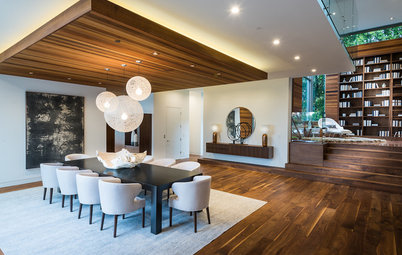
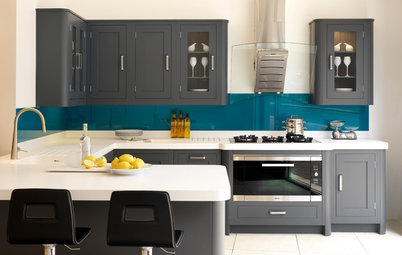
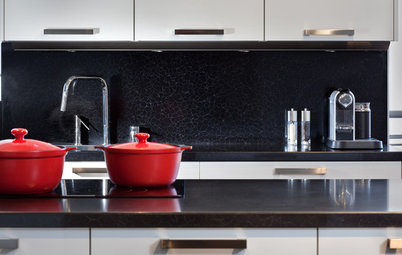
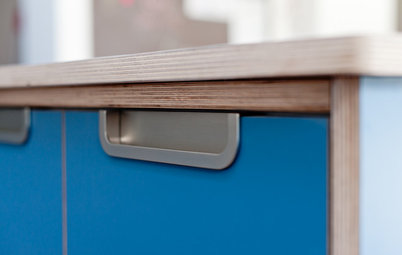
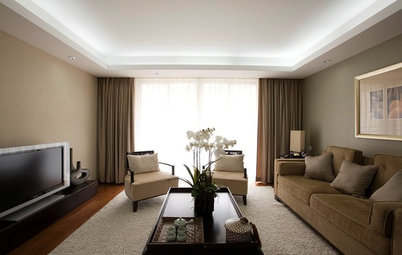
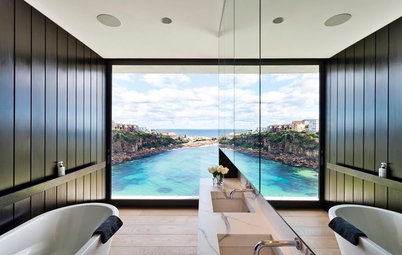
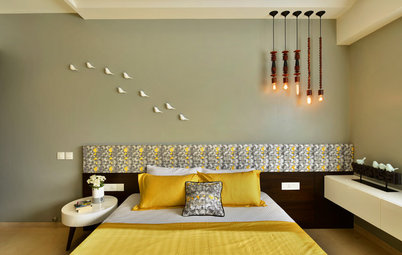
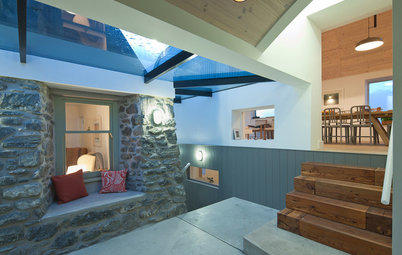
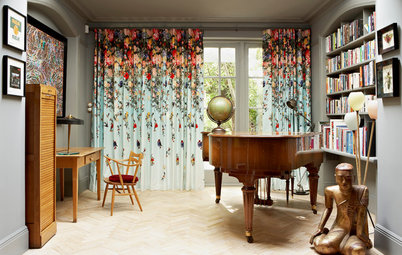
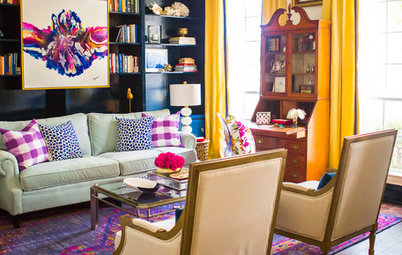
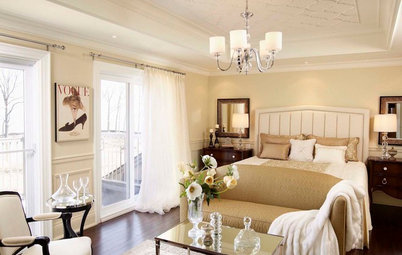
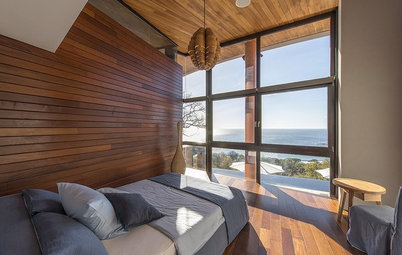
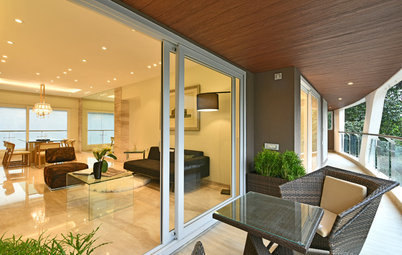
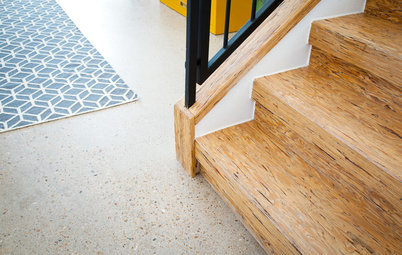
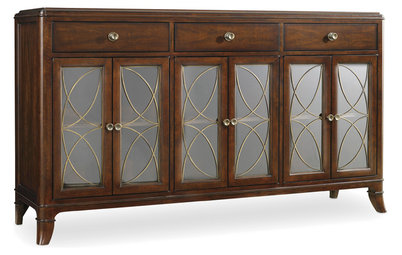
Gypsum boards or panels come in a prefabricated ready-to-install form. They are fixed with screws to a metal frame that is attached to the ceiling slab or soffit (the underside of a structure). For long-term durability make sure that you opt for only good quality metal frames that are rust-proof.